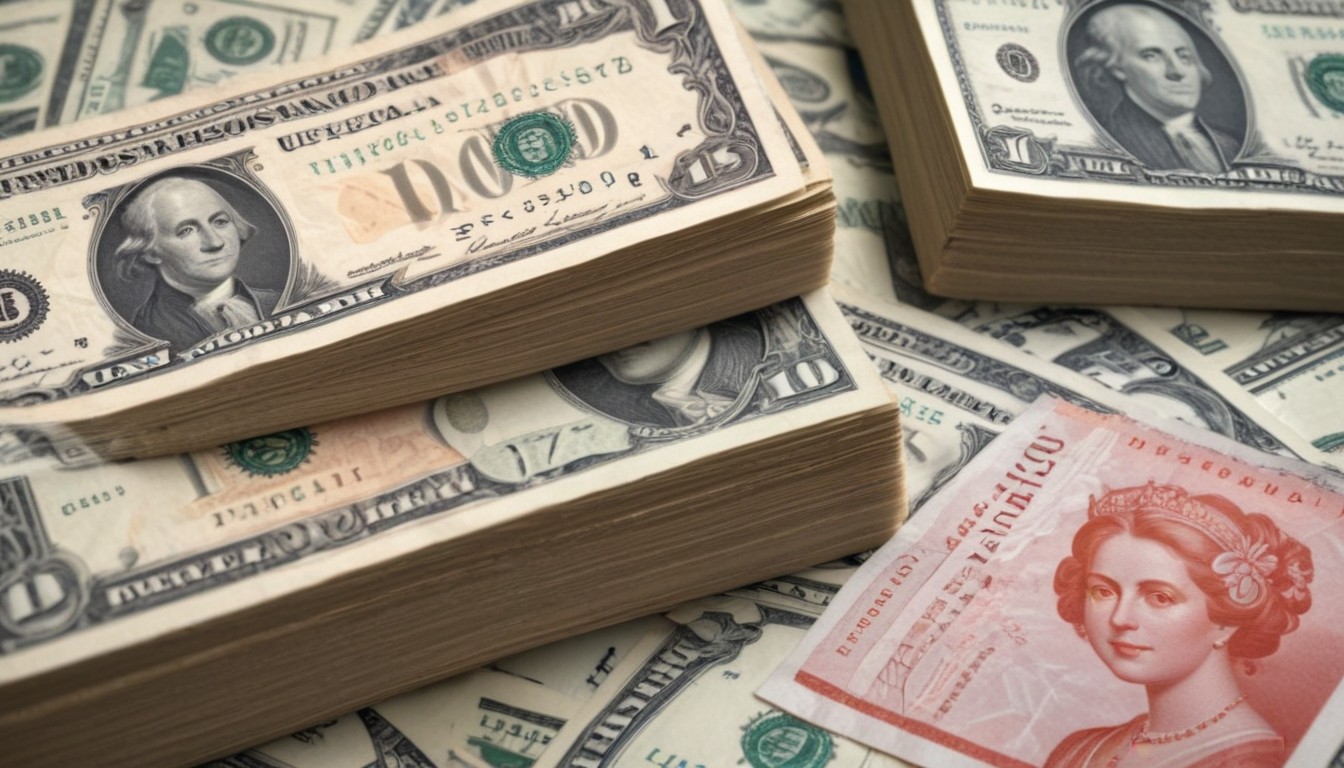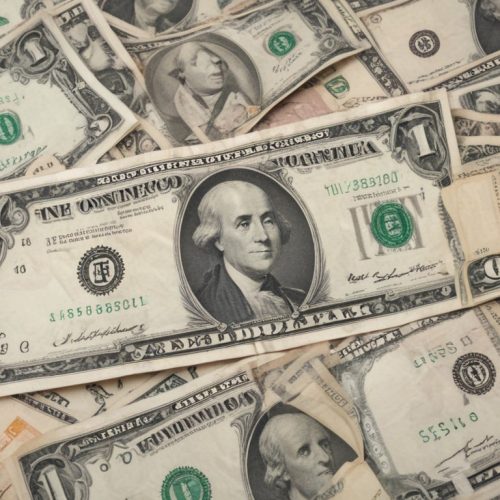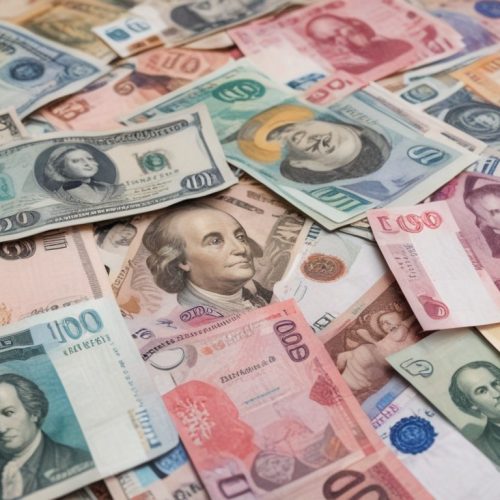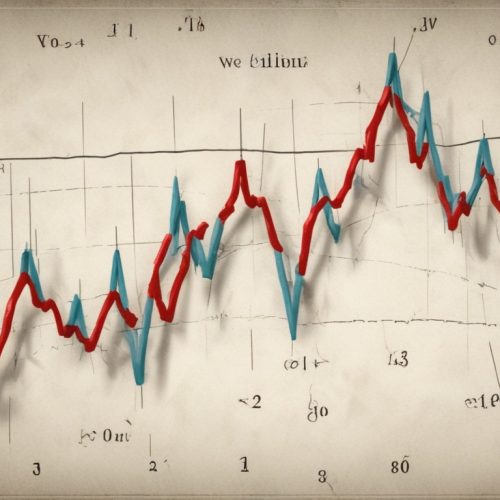Exchange rate – is a value of one currency in comparison to another chosen currency. In short, exchange rate represents roughly how many units of one money type have the same worth as one unit of another money type.
For instance, let’s say you want to exchange 1 American dollar for some amount of Indian rupees. 1 dollar is worth ~75 rupees, and this number is your exchange rate. Hence, in order to get 7500 rupees you’ll have to convert 100 dollars at an exchange rate of 75:
$100*75=7500
The rate is different for each currency, and is determined by various market values. The same principles apply to cryptocurrencies (Bitcoin, Ethereum, Litecoin and many more). On crypto and Forex exchanges, exchange rate is one of the primary tools of profit-making.
Exchange-based strategies
Exchange rates move because of the very actions users undertake on the market – selling, buying, withholding, etc. If you exchange currency A for currency B at a smaller rate, and then exchange it back when the rate grew – then you’ve accumulated the profit. It’s called a ‘long’ position – waiting until the exchange rate grows to make profit from the difference of rates.
Alternatively, there’s also ‘short’ position. While trading ‘short’, trader buys an asset at a high rate, sells it immediately in order to drop the value artificially. Then the value is bound to go up, and when it starts – trader buys it back. It’s an example of a more complex rate manipulation – namely, because you intentionally influence the rate to make profit from its movements.
Exchange rate is the basis of trading
All types of trading are based on the exchange rates. More notable are currency exchanging and crypto exchanging. Here, the exchange rates are based off the comparative values of two assets. For instance, BTC/USD exchange rate is ~1:10000, BTC/ETH is ~1:30, and ETH/USD is ~1:350.
But there are other types of exchanges: those based on indices, precious metals, stock and so on. Here, the values of different assets are usually represented by the sums of currency of your choice. If you chose dollar as your main currency, then the price of metal will be shown in the same currency.
Quotation
You might notice that, in order to ease the exchange rates monitoring, all currencies are given their own acronyms (abbreviations of generally 3 letters). An ‘A/B’ construction is called ‘a trading pair’, and its exchange rate is addressed in the same way. For instance, say that you want to ask: ‘what’s the exchange rate of American dollar to Litecoin?’
Instead, you can ask: ‘what’s USD/LTC’. This is how exchange rates are represented virtually everywhere, and that’s why you’ll need to memorize at least the most widespread currencies to ease your trading. Here is the handful of the most popular acronyms:
USD – American dollar
EUR – Euro
RUB – Russian ruble
GBP – Great Britain pound
JPY – Japanese Yen
CNY – Chinese Yuan
MXN – Mexican Peso
CHF – Switzerland Franc
INR – Indian Rupee
IDR – Indonesian Rupiah
BTC – Bitcoin
ETH – Ethereum
LTC – Litecoin
BCH – Bitcoin Cash
XDG – Dogecoin
ETC – Ethereum Classic
XRP – Ripple
Types of exchange rates
Free-floating pure market rate is not the only type of rates available for trading. Based on the way of perceiving, you can have different sorts of rate types.
Forward/spot
The current market price, a cash value of the currency is called ‘spot value’. It’s based on the current situation on the market. However, there is a contrary phenomenon called ‘forward value’ – a prediction of what the cost is going to be in the future. If you trust the provider, you can use it to predict your actions.
If the value is said to rise, you can try and open the ‘long’ position. This value may be deducted by the machines based on the recent movements, or by the specialists, who take into account the larger situation, like geopolitics, recent events, etc.
Onshore/offshore
Some currencies, like Chinese Yuan, are given special treatment inside the country of its birth. Generally, you’ll have more favorable conditions and prices if trading on Chinese soil. In such instances, the rates inside the country are called ‘onshore rates’, while those outside are ‘offshore rates’.
Restricted and pegged rates
Restricted and pegged rates are similar. They both don’t play along to the tune of free market, and instead confined to one rate. Restricted currencies are only meant to be traded inside the country (and hence can be controlled completely), while pegged rates can be identical to some other assets (like dollar or gold). Both aren’t very good options for trading.






